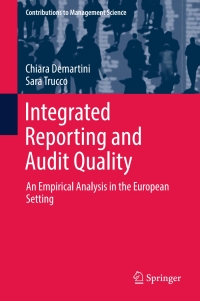Question
Soft selling occurs when a buyer is skeptical of the usefulness of a product and the seller offers to set a price that depends on
Soft selling occurs when a buyer is skeptical of the usefulness of a product and the seller offers to set a price that depends on realized value. For example, suppose a sales representative is trying to sell a company a new accounting system that will, with certainty, reduce costs by 10%. However, the customer has heard this claim before and believes there is only a 30% chance of actually realizing that cost reduction and a 70% chance of realizing no cost reduction.
Assume the customer has an initial total cost of $300.
According to the customer's beliefs, the expected value of the accounting system, or the expected reduction in cost, is BLANK
.
Suppose the sales representative initially offers the accounting system to the customer for a price of $19.50.
The information asymmetry stems from the fact that the SALES REPRESENTATIVE or BUYER has less information about the efficacy of the accounting system than does the SALES REPRESENTATIVE or BUYER . . At this price, the customer WILL or WILL NOT purchase the accounting system, since the expected value of the accounting system is GREATER or LESS than the price.
Instead of naming a price, suppose the sales representative offers to give the customer the product in exchange for 50% of the cost savings. If there is no reduction in cost for the customer, then the customer does not have to pay.
True or False: This pricing scheme alleviates some of the information asymmetry that is present in this scenario.
True
False

Step by Step Solution
There are 3 Steps involved in it
Step: 1

Get Instant Access to Expert-Tailored Solutions
See step-by-step solutions with expert insights and AI powered tools for academic success
Step: 2

Step: 3

Ace Your Homework with AI
Get the answers you need in no time with our AI-driven, step-by-step assistance
Get Started


